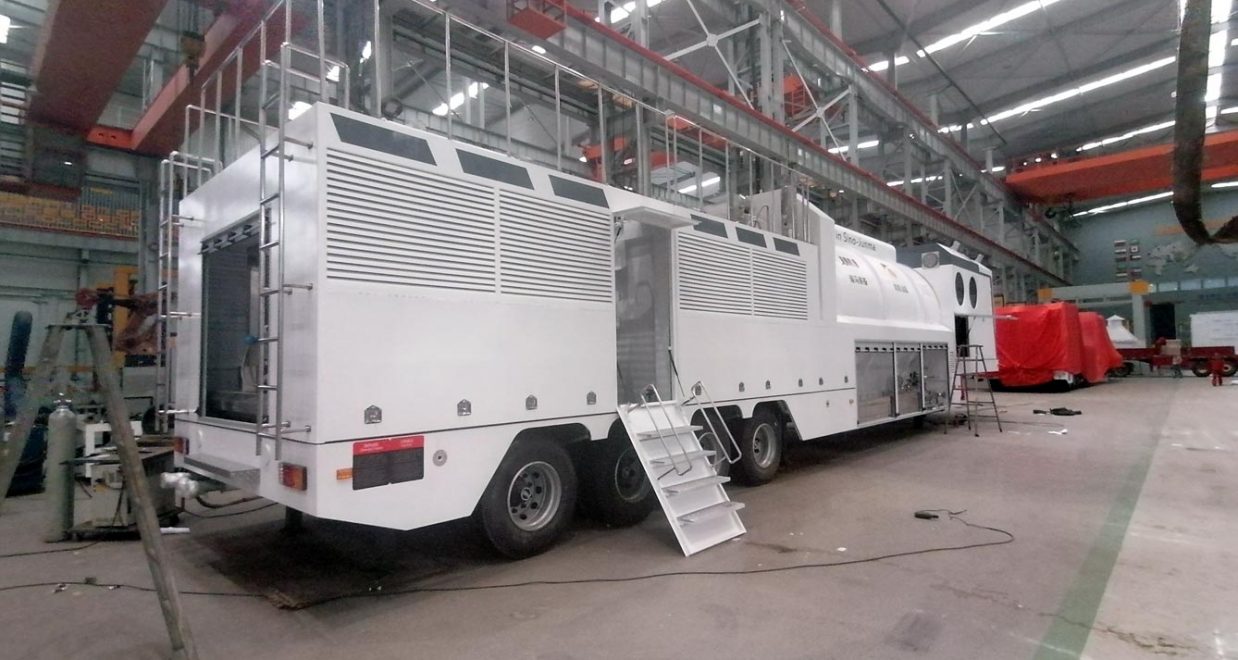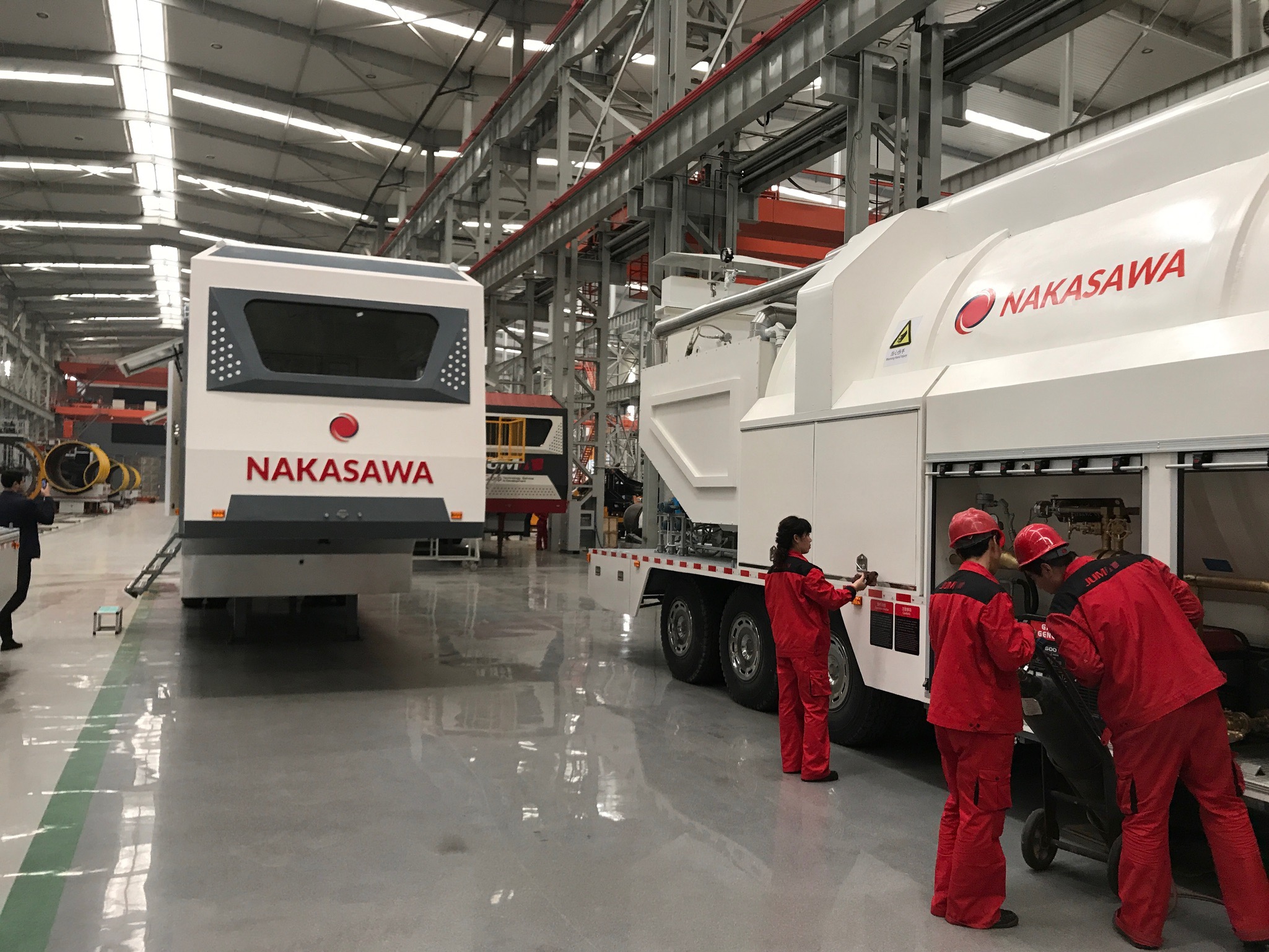This technology allows for increased heat transfer to the reservoir and greater thermal efficiency, improving surface- and reservoir-level steam quality to increase reservoir productivity.
Super Matroid Cyclone, an upstream technology for oil recovery optimization, is a smart capsule that incorporates the latest innovation from Nakasawa Resources.
Installing Super Matroid Cyclone on your traditional OTSG will increase the profitability of wells and will also reduce the environmental impact of the extraction process.
HOW DOES IT WORK?
These systems can operate with feedwater with high total dissolved solids (TDS) without losing water condensate or thermal energy in the saturated condensate. A steam quality of 95% makes steam injection efficient and very profitable in enhanced oil recovery (EOR) processes.
These systems consist of a high- efficiency cyclone steam separator; a tube assembly, superheater or superheater coil; mixers with automatic control valves; and a steam quality sampling system for continuous monitoring.
Nakasawa’s SMH and SMC processes involve controlled condensate separation and remixing with a sprinkler mixer, all operated by an automatic control valve to obtain a steam quality of at least 95%. This means there is no loss of condensate, and the total mass goes to the system outlet and injection point.
STAGES OF THE PROCESS:
A-B-C-D-1-2-3
The SMH or SMC follows a process similar to that of a conventional generator. In this stage, wet steam is generated (75% - 80%), with a radiant section (outlet).
E
The wet steam is separated into more than 99% dry steam and saturated condensate inside the high-efficiency cyclone separator.
F-5
The dry steam is superheated in a tube assembly or superheater.
G-5-6
Finally, because it is a continuous generation process, the superheated steam is once more mixed with the separated condensate to achieve the desired 95% dry steam at the system outlet. In this phase, controlled condensate remixes are performed to ensure there is no condensate lost or effluent generated; the total mass goes to the system outlet. It is important to highlight that no extra solids or incrustations are generated throughout the entire process.
G-H
In this phase, there is a controlled remixing of the condensate and dry steam, so there is no loss of condensate or effluent is generated and the total mass of water leaves the system as steam with 95% dryness.
AUTOMATION AND MONITORING
As an integral part of the process, Nakasawa has incorporated operational parameter monitoring during the injection and post-injection stages to keep close control over all operations.
To guarantee optimum equipment performance and obtain high process efficiency, the company has incorporated the installation of cutting-edge technological sensors to measure downhole and surface parameters.
Sensors record data on parameters such as pressure and temperature, and fiber optics (DTS) and thermocouples verify the progressive state of the measurement system, system efficiency indicators, amplitude, and phase digits. In addition to documenting sensor performance over time, this setup also means potential problems can be detected in advance.
With process automation, it is possible to generate second-by-second pressure and temperature trend graphs. This speeds the decision-making process and helps optimize production in real time.



